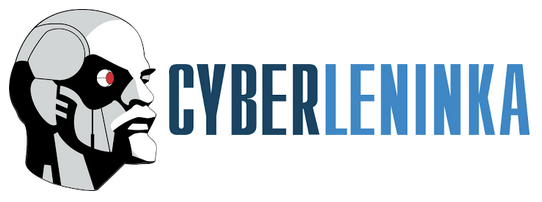EXTRACORPOREAL MEMBRANE OXYGENATION IN HIGH-RISK PCI: INSIGHTS FROM CLINICAL CASES
УДК 616.1-089:615.835.32
DOI:
https://doi.org/10.31684/25418475-2024-1-89Keywords:
STEMI, PCI-high risk, multivessel lesion, mechanical circulatory support, ECMO, a clinical caseAbstract
Introduction. Percutaneous coronary interventions (PCI) have become increasingly intricate, particularly considering patient comorbidities. The simultaneous or staged coronary artery stenting in patients with ST-segment elevation myocardial infarction (STEMI) and multivessel coronary artery disease during the index hospitalization has garnered considerable interest. The utilization of venoarterial extracorporeal membrane oxygenation (VA-ECMO) in PCI has notably increased, serving both as an emergency intervention in acute myocardial infarction (AMI) and in planned PCI to maintain hemodynamics and organ perfusion. The term "high-risk PCI" has been introduced to denote interventions performed using short-term mechanical circulatory support, necessitating a multidisciplinary approach for patient management. Aim. This study aims to investigate the management approaches for high-risk PCI patients using mechanical circulatory support methods. Materials and Methods. A comprehensive literature review on the management of high-risk PCI patients was conducted. Patients with STEMI who underwent LCA trunk stenting at the bifurcation site using ECMO were selected based on the Barnaul ACCD. Results. Data on ECMO use in high-risk PCI are primarily limited to single-center observational studies or individual clinical cases. In the presented cases, ECMO facilitated successful implementation of complex PCI in patients with STEMI and critical stenoses of large coronary arteries. Indications for routine use of mechanical devices during PCI procedures should be individualized, considering potential benefits and complications. In the cases presented, ECMO use during XRD enabled complete revascularization despite acute heart failure and cardiogenic shock, leading to rapid patient stabilization and discharge in satisfactory condition. Conclusions. Managing high-risk PCI patients necessitates a multidisciplinary approach, requiring collaboration among endovascular surgeons, clinical cardiologists, and cardiac surgeons. Critical aspects in the intensive care unit for these patients are not yet fully understood, emphasizing the need to optimize patient condition pre-procedure, manage concurrent diseases, and ensure adequate postoperative care. The synergy between intensive care specialists and cardiologists can significantly impact treatment outcomes in this clinical context.













